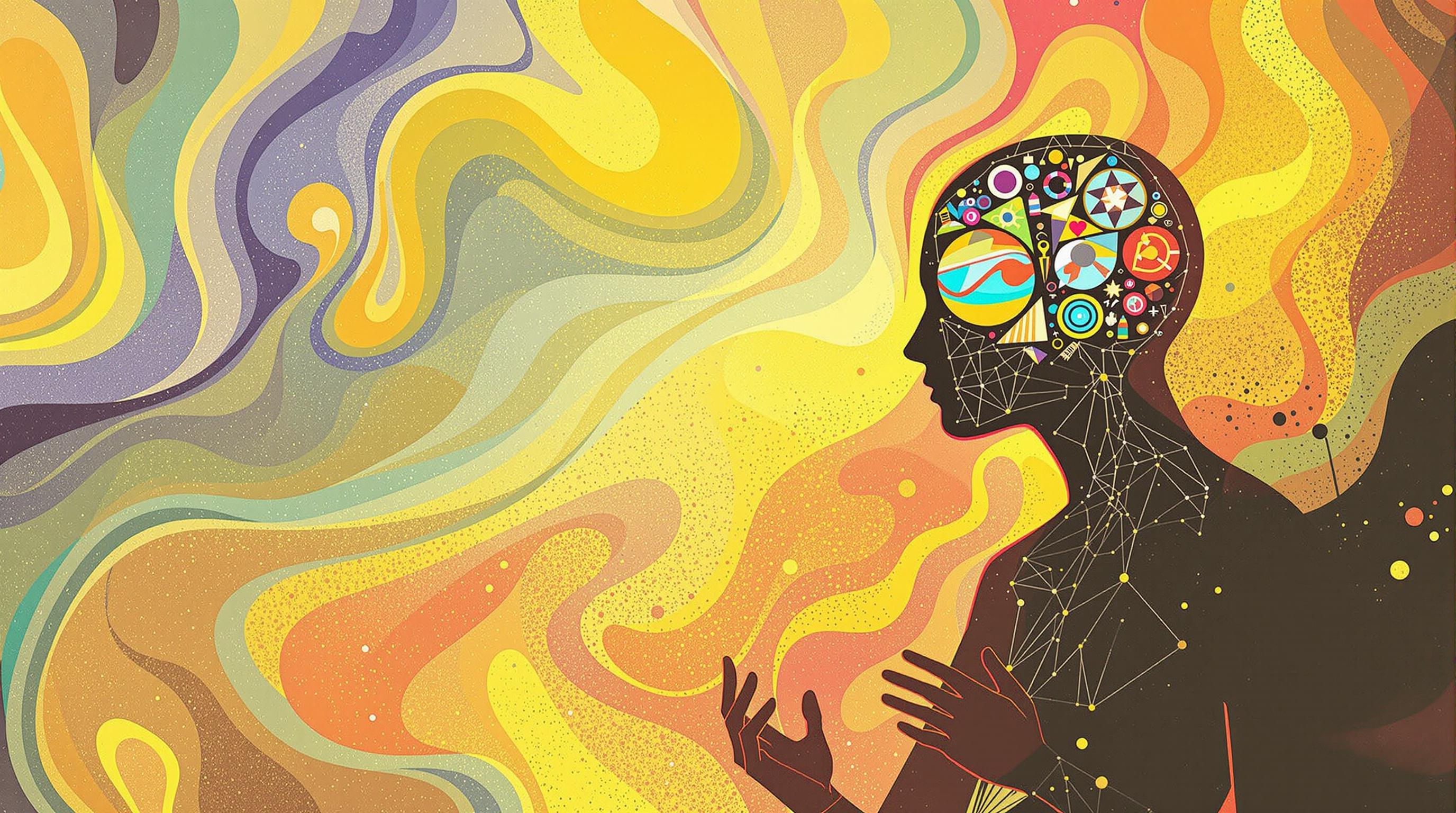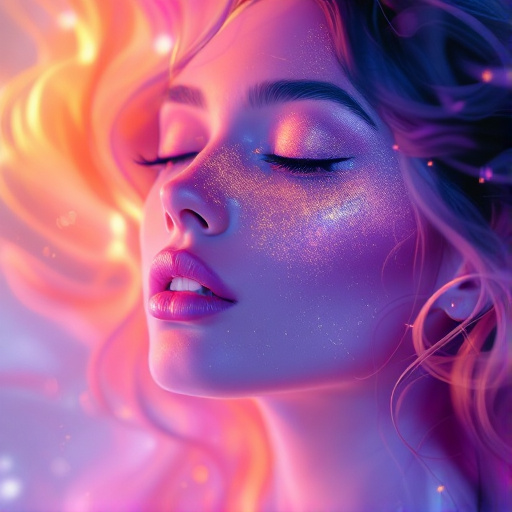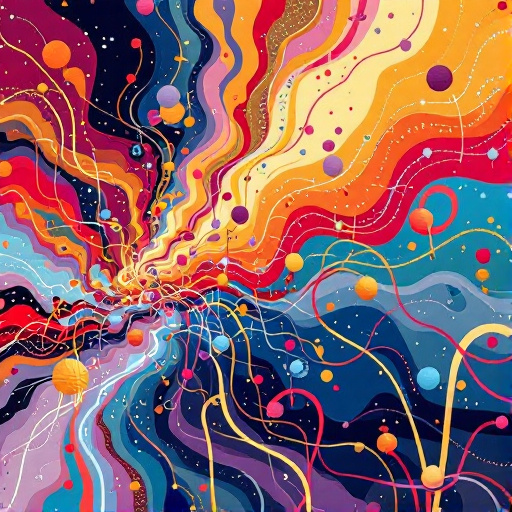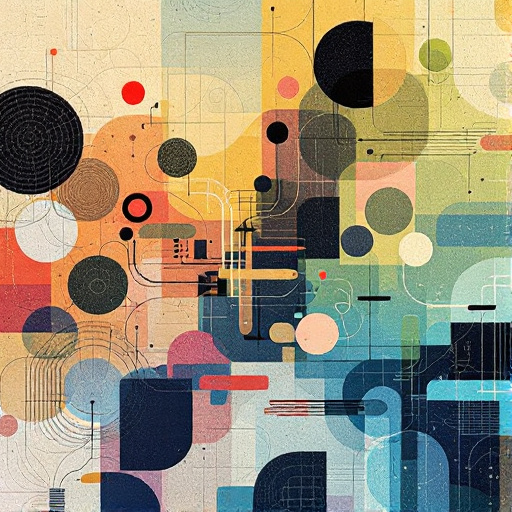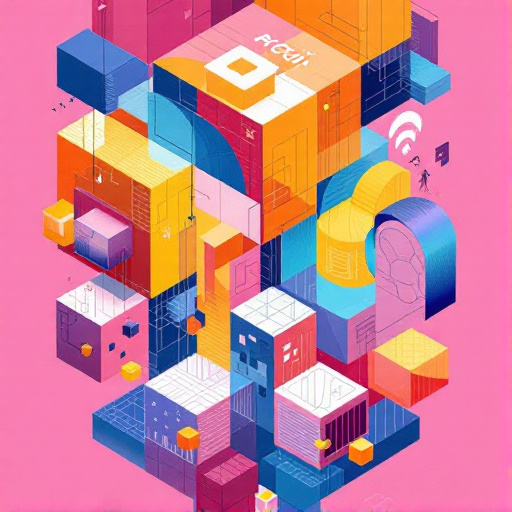Featured Articles
- 9 Surprising Psychological Triggers Hidden in Beautiful Web Design That Captivate Visitors Instantly
- Exploring the Art of Balance: Minimalism vs. Maximalism in Beautiful Web Design Unleashed
- From Chaos to Calm: Exploring the Allure of Randomized Layouts in Beautiful Web Design
- Reviving Retro: How Nostalgic Design Elements Are Transforming Modern Web Aesthetics
- The Aesthetics of Code: How Beautiful Web Design Can Influence Emotional User Experiences
The Aesthetics of Code: How Beautiful Web Design Can Influence Emotional User Experiences
The Aesthetics of Code: How Beautiful Web Design Can Influence Emotional User Experiences
The aesthetics of code and beautiful web design play crucial roles in shaping emotional user experiences and influencing how individuals interact with a digital environment. By exploring various design principles, user psychology, and real-world examples, this article delves into the intersection of aesthetics and emotional engagement in web design.
The Emotional Weight of Design
Have you ever visited a website that made you feel an inexplicable sense of delight or calm? The first impression is often forged within seconds, and research suggests that 94% of first impressions are design-related—who knew that a color scheme could have such a powerful effect? (Source: Northumbria University). This shows that aesthetics are not just superficial; they carry emotional and psychological weight.
Cognitive Dissonance & User Interaction
Now, let’s get a bit technical. Cognitive dissonance comes into play when there’s a mismatch between our expectations and reality, often leading to discomfort. Imagine landing on a beautiful, inviting homepage only to find that the content is cluttered or confusing. The cognitive dissonance created in this situation can cause a user to leave faster than you can say “bounce rate.”
A Case Study in Contrast
Consider the stark difference between the minimalist design of Apple’s website and the chaotic interface of some lesser-known tech sites. Apple knows how to balance aesthetics with functionality, creating a visceral experience that triggers emotional connections. In contrast, a chaotic site often triggers annoyance and frustration, leading to a quick exit. In a survey conducted in 2021, 78% of users reported that they would abandon a site if they found it unattractive (Source: Adobe).
The Power of Color
Did you know that color can evoke specific emotions and behaviors? Here comes the fun part: colors are chief players in emotional design. For example, blue is often associated with serenity and trustworthiness, which is why many banks utilize this hue in their branding. On the other hand, red conveys urgency and excitement, perfect for “buy now” buttons! A report revealed that 85% of consumers make purchasing decisions based on color alone (Source: Colorcom). Talk about color psychology at its finest!
Visual Hierarchy: More Than Just Eye Candy
Visual hierarchy refers to the arrangement of elements in a way that signifies importance. A well-structured design guides users' attention and leads them through the page, making them feel at ease. Think of it as an artist painting a landscape—every element has a purpose, and the viewer's journey through the painting mirrors how they navigate a well-designed webpage.
It’s a concept that is sometimes overlooked, especially when someone new to web design sees it as merely "making it pretty." But remember, a website without a solid visual hierarchy is like a story with no plot—confusing and uninviting. A study concluded that effective visual hierarchy can increase a user's comprehension by an impressive 90% (Source: Nielsen Norman Group). Now, who wouldn't want that kind of clarity?
User Experience Gone Wrong: A Laughable Failure
Speaking of confusion, let's take a detour to a user experience blunder that will tickle your funny bone. Picture this: a start-up website that boasts "futuristic design." You click through expecting something sleek, but instead, you're greeted by a jumble of neon colors, frantic animations, and an unsolicited music soundtrack. The only emotion you feel? Sheer panic and a desperate need to close the tab. This is a classic case of “what were they thinking?” A failure to adhere to basic design principles can lead to user dropout, which is no laughing matter.
The Role of Typography
Typography is another key aesthetic element that greatly impacts user emotion. Fonts project personality! Certain typefaces, like Helvetica, convey modernity and professionalism, while others, like Comic Sans, can create a sense of playfulness—even if it’s a bit cheesy. A study conducted in 2018 showed that 60% of users refuse to engage with content that uses poorly chosen fonts (Source: Clicky). So if your site communicates like a stuttering toddler, don't expect users to linger.
Responsive Design: The Emotional Bridge
In today’s digital landscape, responsive design acts as the emotional bridge between users and websites. How often do you find yourself switching between a mobile phone and a desktop? According to recent stats, over 50% of global website traffic now comes from mobile devices (Source: Statista)—making responsive design non-negotiable for emotional user experiences. An adaptive layout allows users to feel valued, understood, and engaged, no matter how they access the site.
Real-World Application: The Adidas Experience
Let’s take a look at the Adidas website, which is a fantastic example of a site that melds aesthetics with user experience seamlessly. They use striking visuals, intuitive navigation, and engaging content to create a user journey that resonates emotionally. Have you ever felt an urge to buy those cool sneakers merely because the site presented them so beautifully? You're not alone; Adidas has reported higher conversion rates, thanks to their artistic attention to detail.
Creating urgency can also be a powerful emotional driver. Have you ever encountered a countdown timer for a limited-time offer? That’s the scarcity principle in action, playing on your fear of missing out (FOMO). A well-designed website can leverage this emotional trigger, driving users to take action. Statistics show that FOMO can increase conversions by 40% (Source: Eventbrite). Now that’s a remarkable feat!
Embracing Minimalism: Less is More
In an increasingly chaotic digital space, the principle of "less is more" has never been more potent. Websites that prioritize minimalism often promote a tranquil emotional experience. The great Steve Jobs once posited, “Simplicity is the ultimate sophistication.” Websites like Airbnb embrace this philosophy; their clean design fosters trust and encourages exploration.
In a world screaming at you for attention, a minimalist site can be your sanctuary, a hug of tranquility wrapped in thoughtful design.
Conclusion: Crafting Emotional Experiences
In conclusion, aesthetics in web design play a pivotal role in shaping the emotional experiences of users. From color theory to responsive design and typography, every choice makes a statement. The science behind emotional design is profound, with statistics suggesting substantial increases in user engagement and conversions. Data and beauty combine to create digital spaces that not only attract visitors but keep them captivated.
So, whether you’re a seasoned designer or a newcomer eager to dive into the digital ocean, remember that every pixel matters—not just for functionality, but for the emotional journey. And who knows? With enough finesse, you might just create a website that elicits emotions, inspires trust, and eventually, drives conversions. After all, in the grand tapestry of the internet, let’s weave something beautiful together.
